Customer Relationship Management (CRM)
their transformation in the age of data
2017-31-07
last modified: 2023-05-15
== !

1. Definition of CRM
CRM: acronym for "Customer Relationship Management"
A CRM is a software used to manage the commercial relationship between a company and its clients.
A CRM is part of the information system (IS) of the firm. The information system designates all software, human resources and procedures devoted to keep track of all info necessary to the business of the firm - from sales to production, etc.
The information system of a firm comprises many other blocks, besides the CRM:
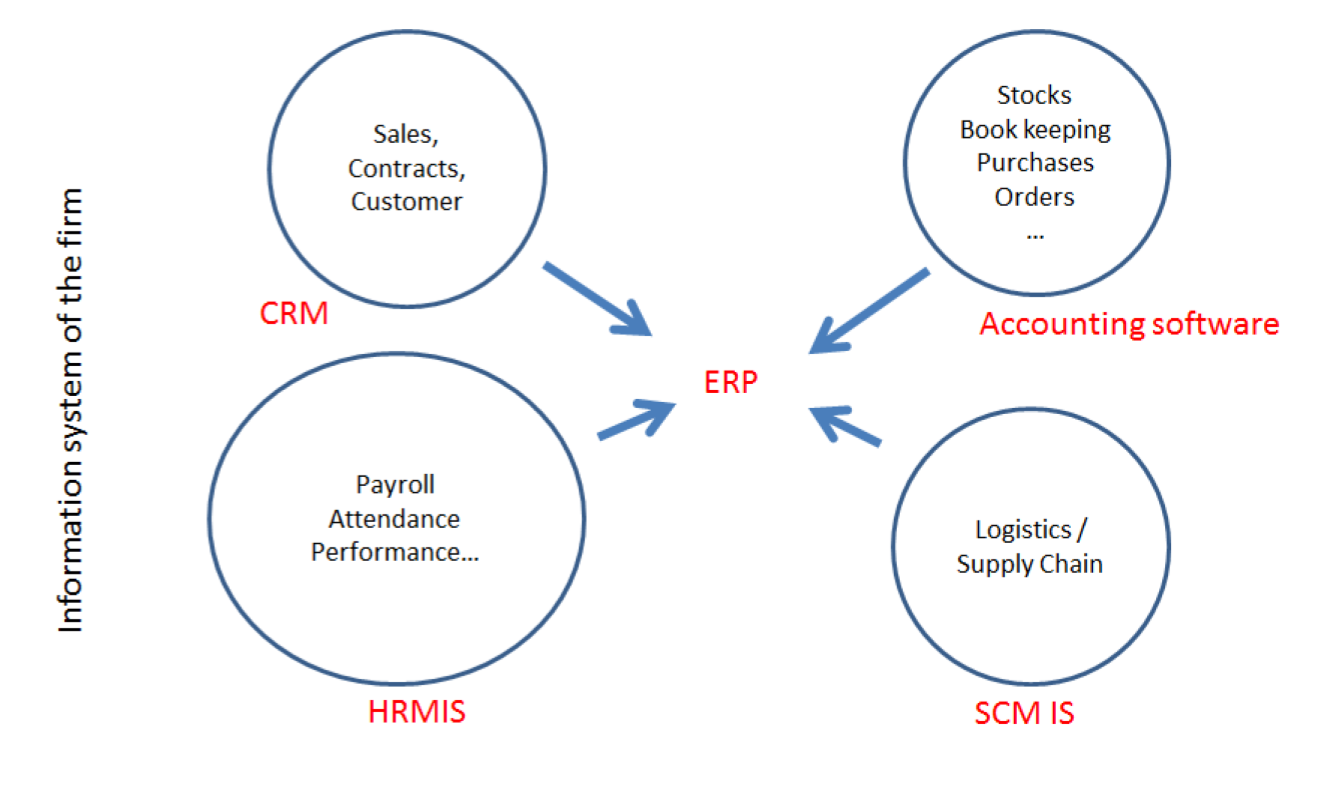
Large companies often integrate these different blocks into an ERP ("Enterprise Resource Planning"), which is an even larger software able to plug different parts together.
The role of CRMs is evolving, and in this lecture we make the case that "big data" has transformed CRMs radically.
To illustrate, we will compare (and caricature a bit) a CRM from 2000 with a CRM of today:
2. CRMs - before
The name of the CRM - Customer Relationship Management suggests a kind of rich, personalized and human touch.
In practice, CRMs where used for more practical purposes:
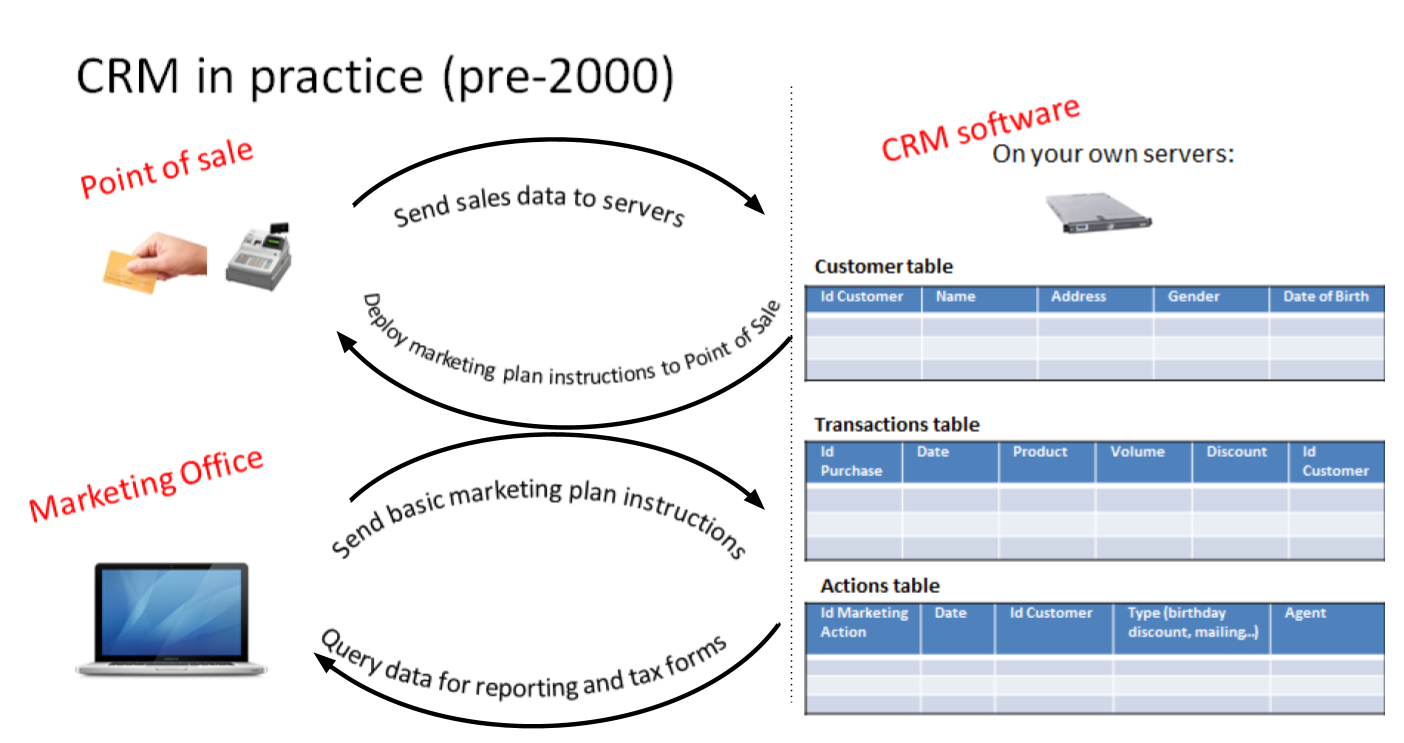
We must imagine the CRM software as a tool which supported the management of sales, performing these 3 essential functions:
measuring revenues, through the recording of sales transactions.
controlling the performance of the sales persons, by registering which cashier, which employee performed the sale, or at least at which location the sale took place.
recording the VAT ("Value-added tax") collected through sales, which is a legal obligation for tax declaration purposes.
Do you see the customer being catered for in the functions described above? Not really.
The customer was not completely forgotten: CRM are used to run loyalty programs and campaigns:
a. loyalty programs
Loyalty programs afford discounts and special offers to its members.
They increase the share-of-wallet of the company implementing them: the amount of the customer’s total spending that a business captures in the products and services that it offers.
A study performed on the loyalty programs run by 7 major supermarket chains in the Netherlands has found that it increased revenues for the supermarket running it:
On average, a loyalty program enhances the net yearly revenues of a customer by € 163, but the effects vary between € 91 and € 236
source: Leenheer et al. (2007).
Loyalty programs create extra value for the customer as well through the discounts and special offers they bring. But they tend to be limited in their personalization: typically, every customer can enjoy the same offers, even if many of them are irrelevant (discounts on diapers when you don’t have a child etc.).
b. Direct mails and coupons
Customers registered in a CRM with their postal address (after joining a loyalty program) can be sent promotional material and coupons.
Using printed material prohibits the customization to the personal needs of the customers, since a printed catalogue is the same for every recipient.
This decreases the efficiency of direct mail campaigns.
3. The digital transformation of society, 2006-2015
Changes occurring in the past decade have transformed the landscape of the customer relationship. We should realize that:
a. Until 2006 only half of US and EU households, and 10% of the Chinese population, had Internet broadband access at home:
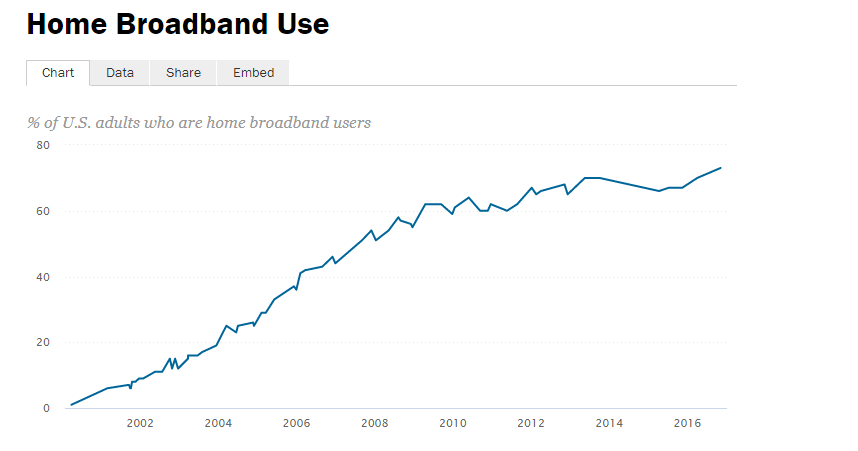
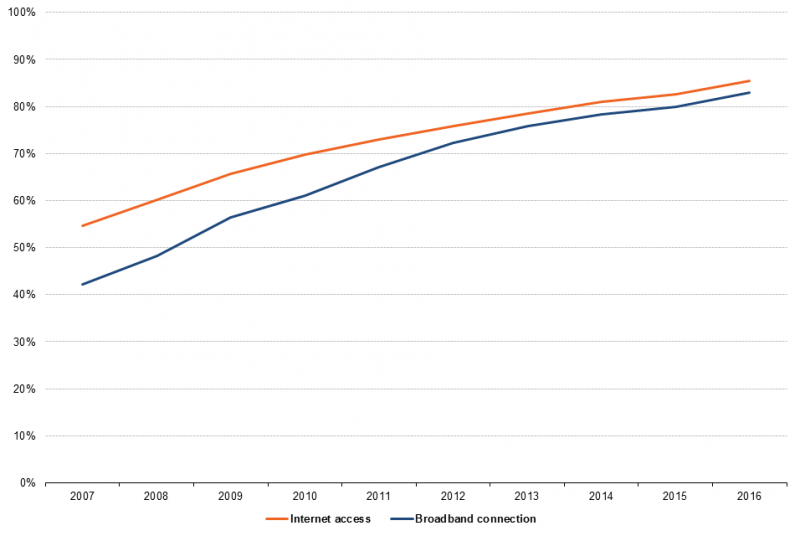
(source: Eurostat)
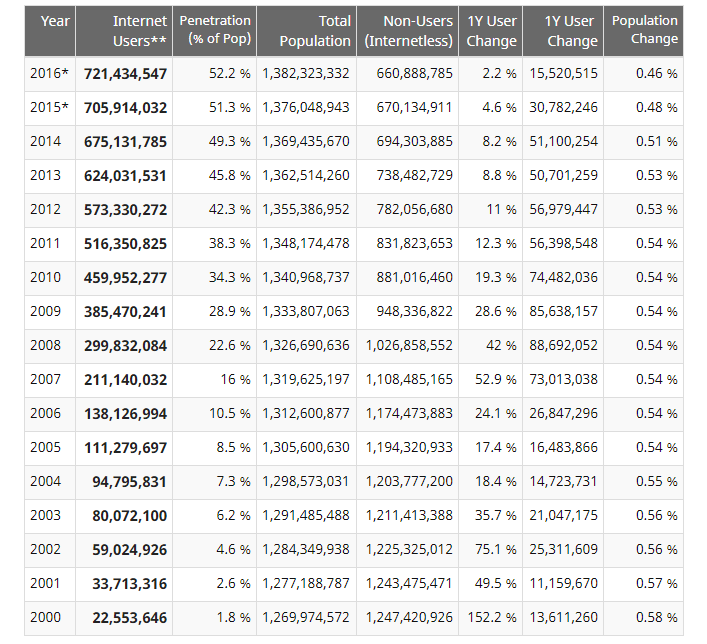
(source: Internetlivestats.com)
b. Smartphones as we know them appeared just in 2007
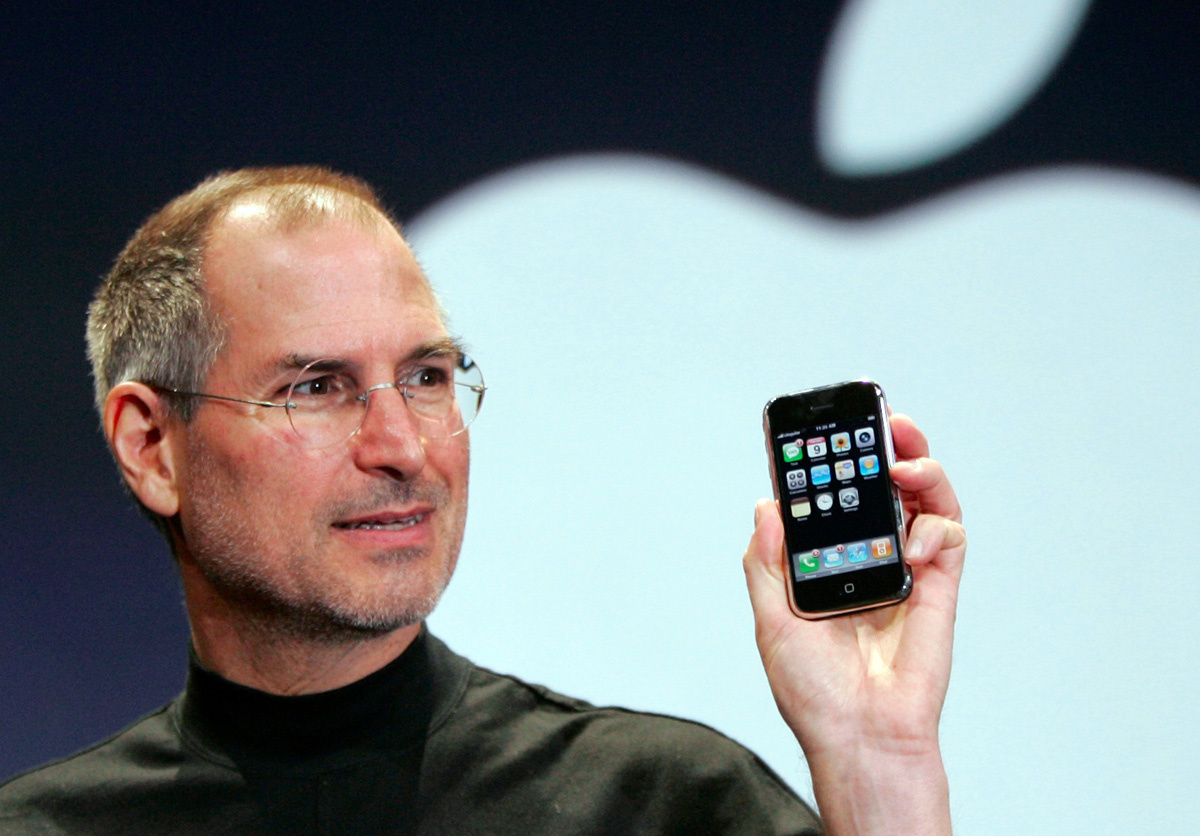
c. Until 2009 social media was just taking off
d. Online retail is growing at a steady pace
Together, Alibaba and Amazon have tripled customers in 5 years, nearing 900 million customers in 2017:
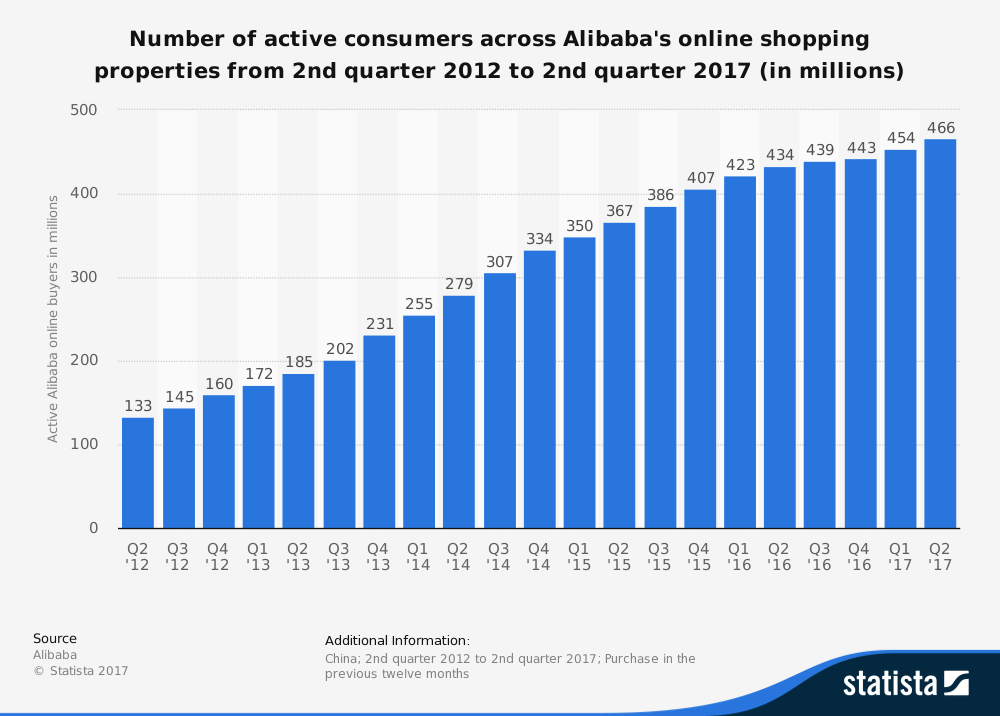
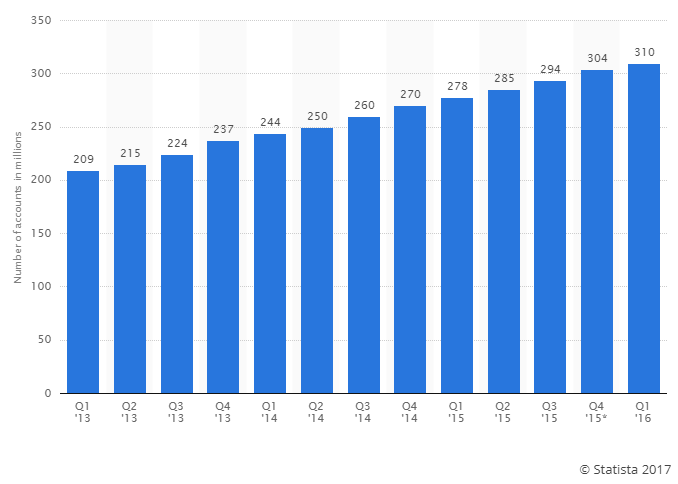
e. The technology for ad campaigns has transformed
Three key aspects for ad buying and selling:
It became programmatic: ad space and ad inventories are bought and sold through automated market places (through SSP, DSP and Ad exchanges).
Ads are displayed across many channels (with retargeting)
Ads are personalized. It started with Search Engine Advertising showing ads matching search queries. Then cookies tracking your web browsing history appeared, sending this personal information to ad agencies which in turn can serve ads tuned to your browsing behavior. After this, "browser finger printing" is a technique which enables a given ad agency tracking web visitors, not based on info recorded in cookies, but leveraging the fact that each web browser is slightly different - like a finger print (see the tool by the Electronic Frontier Foundation or this other privacy analyzer to have a demonstration on your own browser). The list of tracking techniques is endless, see for example the technique used by Facebook to track your browsing behavior outside of Facebook.
4. Consequence of this digital transformation: the customer relationship and CRMs have evolved
a. CRMs must handle multiple channels (distribution and communication)
Distribution and communication channels have multiplied and fragmented, and each have their different rules for content generation, data streams and communication modes.
Distribution channels:
retail stores (as usual)
ecommerce websites (since 2000s) and mobile apps (since 2010s)
third party platforms (such as Amazon and Alibaba, taking off since 2010s)
resellers becoming primary sellers (eg, leboncoin.fr or marktplaats.nl selling cars, housing and jobs) - since 2010s.
Multiplication of distribution channels
→ it becomes increasingly hard to record customers actions (is this customer in my shop the same that clicked on this web page 2 minutes ago?): "click and collect" for example, one example of the broader trend called " phygital marketing ".
Note how traditional CRMs are unequipped to command and control this variety of distribution channels.
Communication channels:
From brick and mortar + call centers + sms + emails to …
→ Live chat in websites + Facebook + Twitter + Instagram
b. CRMs must handle complex communication patterns, not just "push campaigns"
Communication used to be mainly "outbound" (company pushing campaigns to customers) and occasionally inbound (customers calling or emailing back).
Three evolutions:
customers expect their point of view to be heard, without being prompted for it.
cross customer conversation has spread (without the intervention of companies and brands)
The high cost of pushing content through ads incentivizes firms to develop inbound communication - this is "inbound marketing".
c. CRMs must accomodate multiple, fragmented touchpoints
TV, radio, outdoor advertising, in store and outdoor displays: it continues
mobile phones: (operating systems with constantly evolving techs and rules of play - 1)
desktops, tablets, social TVs, home assistants, but also… watches? cars? homes?
d. CRMs must handle personalized content
The expectations of customers have elevated: if your company has a Facebook page, it should not just display a catalogue. It should engage (converse) with customers.
Same with all steps of the customer journey: a CRM should adapt the product (or service) to the profile of the customer.
Several remarks on personalization:
"personalization" is the extreme end: one different view for each different customer or prospect.
Micro-segmentation is the step just before: identifying very precise, tiny segments in the population of customers and prospects.
ii. "personalization" has been blamed for reinforcing "bubbles" or "tribes" views of the world (paying version of the paper, free version here).
iii. Personalizing the customer relationship, even when effective, is not inherently a good thing. It has been shown that the http://www.coca-colacompany.com/stories/summer-of-sharing-share-a-coke-campaign-rolls-out-in-the-us is effective at making more children choose a soda with a label to their name, over a healthy drink (paying version of the ShareaCoke study here, free version not available).
iv. Personalization through smart CRMs? Companies rated with the best customer service do personalization differently: with humans.
See how Zappos offers a great service to their customers:
(another (impactful talk by the CEO of Zappos here).
or see (in French) how Trainline makes its customers happy.
5. Todays’s CRMs must be data-driven
Explaining the expression "data-driven CRMs":
→ CRMs must turn from a system "supporting the firm’s administration needs" to a a system tuned to "plug, host, analyze and push actions from multiple data sources".
To get such a CRM to run in an organization, the right resources must be gathered:
Adequate software:
the CRM itself - recent enough that it can plug and play with a DMP and a large variety of data sources.
a Data Management Platform (DMP) as well. The DMP is the software specializing in receiving data streams from a variety of sources and in a variety of formats, and reconciling them.
a Data Lake to store and query data.
software bricks for additional analysis, as needed. For example, Dataiku’s DSS platform.
Adequate human resources:
product managers with a tech culture (you), able to design and deploy a marketing strategy in a data intensive environment.
data scientists who will implement the strategy.
IT engineers to run the software.
Adequate organizational culture:
This is probably the hardest part: making the top management, and the rest of the organization pay attention and believe in the possibilities afforded by these new way to manage customer relationships.
The organization needs to invest and devote enough operational resources to stop doing "business as usual" and develop a data-driven CRM.
The end
Find references for this lesson, and other lessons, here.
 This course is made by Clement Levallois.
This course is made by Clement Levallois.
Discover my other courses in data / tech for business: https://www.clementlevallois.net
Or get in touch via Twitter: @seinecle